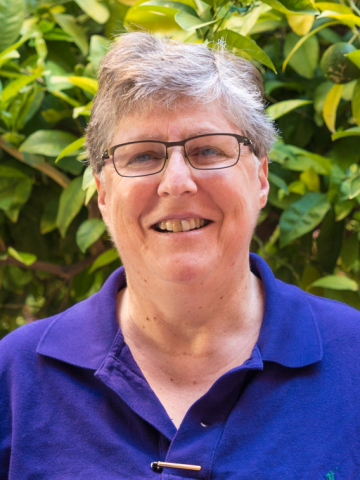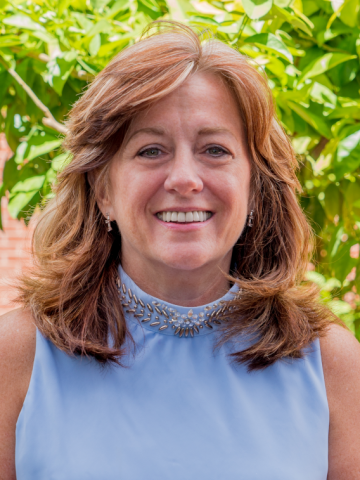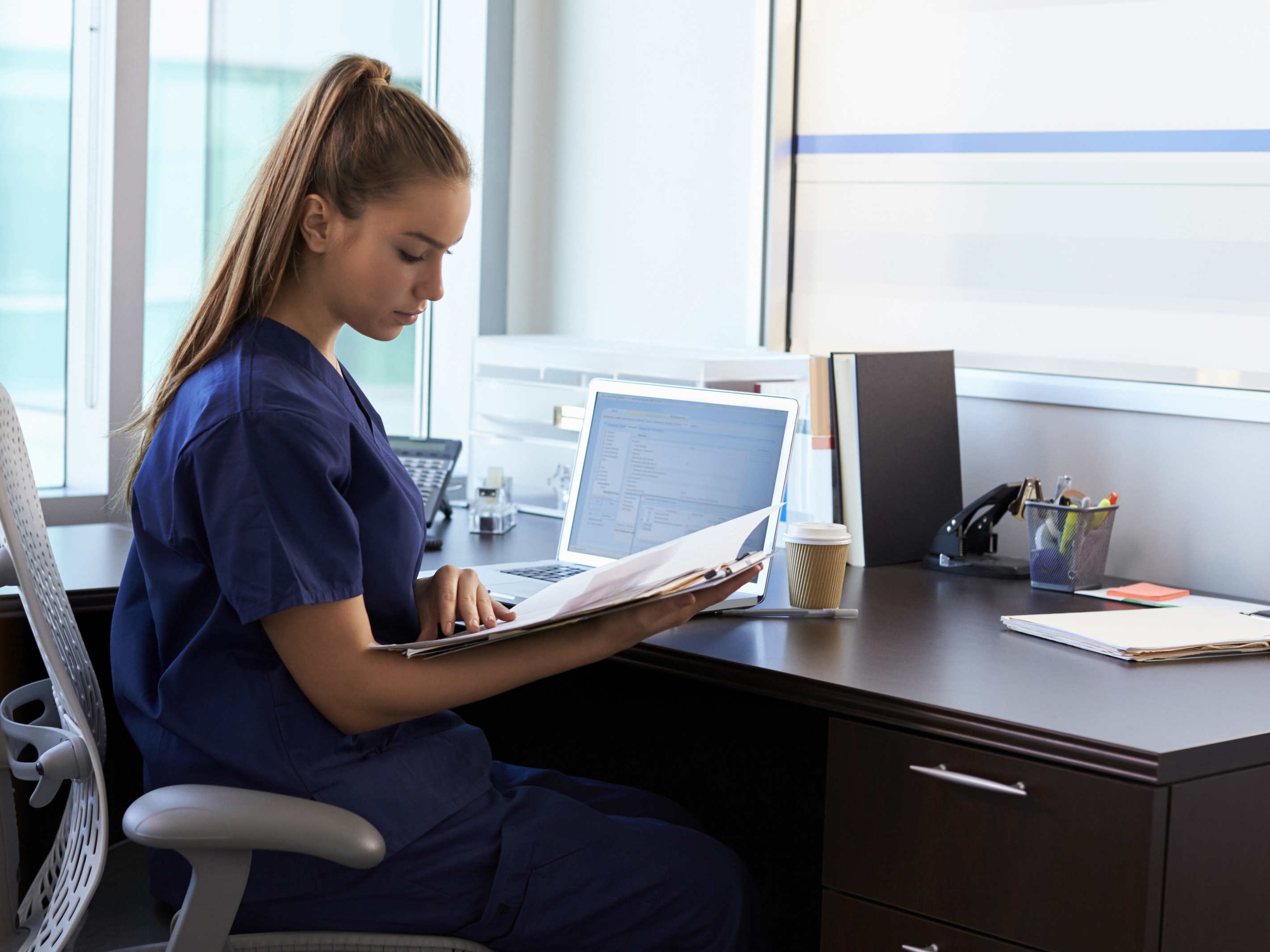Health Care for the Digital Age: UA College of Nursing Prepares Future Nurses for Careers in Telehealth
Since the inception of telehealth, remote care has become increasingly widespread, enabling areas with limited access to health care to connect with providers from afar. To reach remote communities, more than half of all U.S. hospitals currently have a telemedicine program and the global telemedicine technologies market is predicted to grow at a compound annual growth rate of 18.4 percent by 2020. But there’s a key area where the technology’s potential remains untapped: Nursing school, and the University of Arizona College of Nursing’s Rene Love, PhD and Jane Carrington, PhD are about to change that with a new federally-funded grant project.

The “Using 21st Century Technology for NP Student-Patient Interview and Interprofessional Care Coordination” project, funded by a $26,000 Graduate Nursing Education grant from Centers for Medicare & Medicaid Services (CMS), has two main thrusts: to develop a telehealth learning program designed to be embedded in the College’s curriculum, and to evaluate the telehealth education experience for students.
“When nursing graduates go for interviews, employers are asking if they have experience with telehealth,” said Dr. Love, clinical associate professor for the Community and Systems Health Science Division at the College. The answer to the question is no, because although telehealth is widely used in health care, no training is currently offered on the scholastic level. “Our study is unique because telehealth exists in the working world, but not in the education setting,” said Dr. Love.
One hundred students will be chosen to participate in the program. They will videoconference with actor-patients who will participate via video call with a variety of health-related conditions. “Our students will call them computer-to-computer and do a health assessment just like you would do in an office setting,” explained Dr. Love. Students will then electronically communicate with volunteer health care providers that partner with the College to develop a patient summary, including treatment.

“We want to hear what it’s like to talk to a patient through a computer rather than in person,” said Dr. Love. “How comfortable are they with that dynamic? This is something they may have to do one day, so we want to know more about their interactions with it.” Also, learning to collaborate on services with another provider, Dr. Love points out, is a big part of successful telehealth programs. “They’ll get experience working with both patients and with a provider,” she said.
While Dr. Love coordinates with students, providers and the simulated patients, Dr. Carrington, will employ her informatics expertise in the evaluation of the technology and usability components of the project. “We want the program to be clear, easy to read, and easy to navigate, so that it becomes what I call ‘invisible technology,’” she said. “In other words, the technology should be so easy to use that it’s nearly invisible to the user for accomplishing the tasks. You should be able to go in, get what you need and leave. When it’s not invisible, the technology may be preventing you from doing your work in some way.”
Dr. Love and Dr. Carrington’s innovative research combines education, preparation and practice to emphasize learning about the telehealth process. “Our goal is that students who go through our program will have contemporary learning experiences within their education so they can accommodate whatever telehealth growth occurs wherever they go in the future,” said Dr. Carrington.


